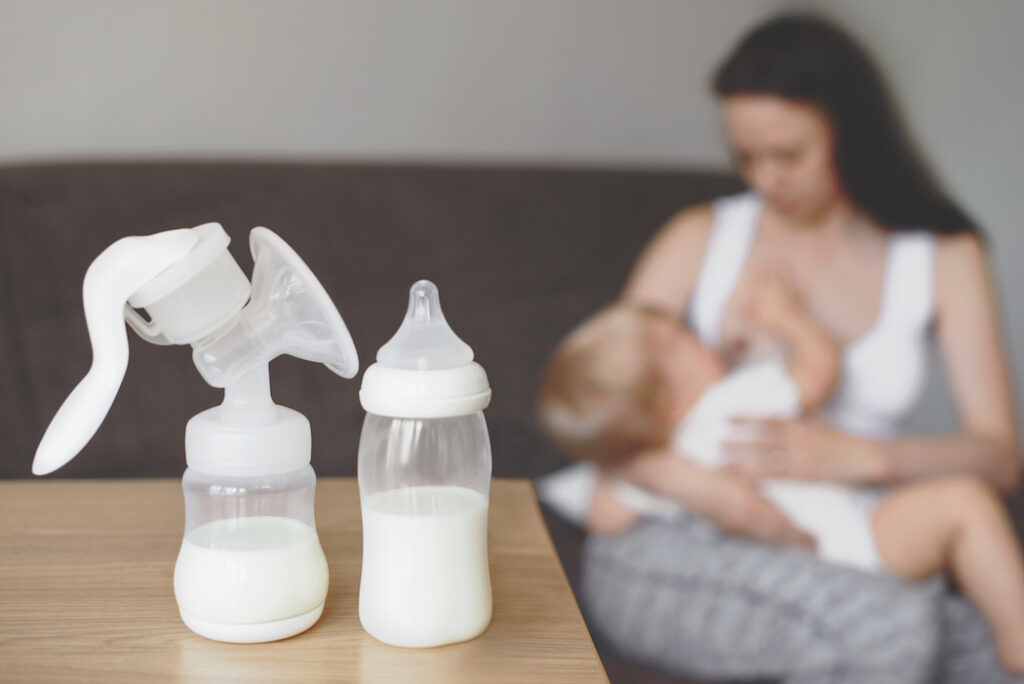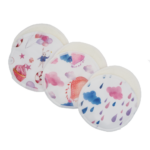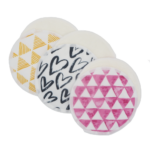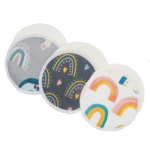
Say Goodbye to Spring Allergies: How Air Purifiers Can Help Conscious Parents
As the buds bloom and nature awakens from its winter slumber, spring brings with it a vibrant burst of life. However, for many, this seasonal
Call us on 0333 015 4345 or email hello@theconsciousparent.co.uk

If you want to combine breastfeeding and pumping, your biggest challenge will be to find a schedule that works for both you and your baby.
In this post we’ll discuss why you might want to combine breastfeeding and pumping and share some tips for how to get started.
Yes, and many women do and there are many benefits to combining breastfeeding and pumping. But mixing breastfeeding and pumping can be a challenge. But if you’re patient with yourself and with the process, you should eventually be able to find a schedule that works.
It’s a good idea to pump shortly after a nursing session. In this way, your baby can naturally get all the milk they need. Once they’re finished, wait about 30 minutes and then begin pumping.
This will send a signal to your body that it needs to make more milk. So eventually, you might see an increase to your milk supply.
Eventually, you may be able to feed your baby with one breast while pumping the other side.
Once you’ve been pumping a while, you may be able to pump with every feeding. But to begin with, you might find it best to pump with every other feeding, or two or three times a day. Pumping in the morning might give the best results, as many women find that they produce more milk in the morning.
After you start pumping, you should continue to feed your baby according to their schedule. Different babies have different needs, but this may amount to feeding them every three hours or so, and at least once a night.
You might not be able to pump every time. The number of times you pump in a day will depend on how much milk you aim to store for later, and how much milk your body can produce.
The main thing is that you stick to your current schedule, to ensure your baby gets all the milk they need. Adding pumping to an already demanding feeding schedule might feel overwhelming at first. But it will get easier.
Breast pumps are either manual or automatic. If the first one you try works for you, great! But if not, experiment with a few more makes and models until you find one you’re happy with.
We have loads of guides and resources to help you through your pregnancy and birth, and those crucial early months of your baby’s life:
We also have a range of sustainable baby products. For instance, we have reusable breast pads that will help you stay dry, clean and comfortable while you’re nursing.
Take a look at our range of comfortable, absorbent, and eco-friendly reusable breast pads.




As the buds bloom and nature awakens from its winter slumber, spring brings with it a vibrant burst of life. However, for many, this seasonal

Babies don’t develop self-awareness until they’re around two years old. At around this time, they’ll come to realise that they’re seeing themselves when they look

The Conscious
Parent Company
G4 Business Centre
19-21 Carlisle Street East
Sheffield S4 7QN
0333 015 4345
hello@theconsciousparent.co.uk
